Equipment
Tour Drills: 2 incredibly simple drills Adam Hadwin uses on a PGA Tour range

Having inside-the-ropes access to the range at a PGA Tour event means I often see and hear things that most amateur golfers aren’t privy to. While some may think there are “secrets of the trade” that PGA Tour players use to get so good at golf, it often comes down to a combination of incredibly hard work and pure talent.
There are, however, a number of drills and gadgets that Tour players use to practice smarter and get the most out of their practice sessions and abilities.
As I’m busy covering equipment news week-in and week-out on the PGA Tour, I also want to highlight some of the simple drills that PGA Tour use during tournament weeks. It’s important to note that you should absolutely consult with your local professional first before implementing any new drills into your own practice routine, but “Tour Drills” will highlight the things that PGA Tour players use and why. Hopefully they can be helpful for you in some way.
This week, from Riviera Country Club’s range at the 2022 Genesis Invitational, Adam Hadwin breaks down two incredibly simple drills that he uses during tournament weeks, and why they’re effective. To perform these, you’ll simply need an alignment rod (which you can find at most local hardware stores or golf shops), your clubs (obviously) and some range balls.
1) Stick an alignment rod directly on your target line, then hit fades and draws around it
Hadwin says: “The biggest thing I’m trying to do is find the club face, really, and I do that through exaggeration. I’ve got the alignment stick in front of me, and I’ve got to hit cuts and draws around it. But, before just hitting a standard cut and a standard draw, I kind of do it by hitting a pull cut and a push draw, just to feel that club head and that club face awareness in my swing to start out.
“Then I’ll start hitting some shots by aiming left and cutting it back to the target, and aiming right and drawing it back to the target. Again, it’s really just trying to find an awareness of, OK, my body is here, the club is here, the shot did this, and the alignment stick just helps with that visual to exaggerate things.
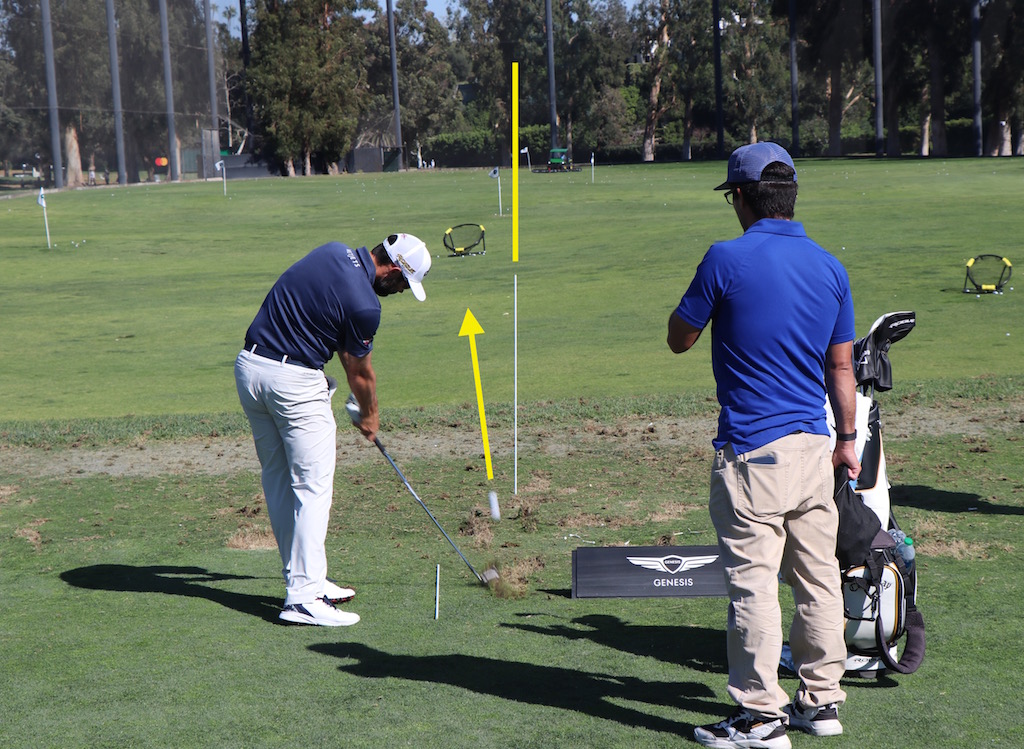
“The idea is to try and let the athlete react. It’s not as easy as that some days, but a lot of times, for me, my miss with a cut has been a pull, and I just need to feel the club head and my arms out-race my body a little bit more. Because I feel like I’m holding it off, but it never holds off. I think it’s just that the club kind of gets in behind my body a little bit too much, and then from there, it’s not really a cut anymore. It becomes sort of a push. To really feel that cut I sort of have to feel like the arms are out-racing the body and swinging around left of them, plus I’m holding off the club face.”
2) Turn your driver upside-down, then swing it both righty and lefty at increasing speeds
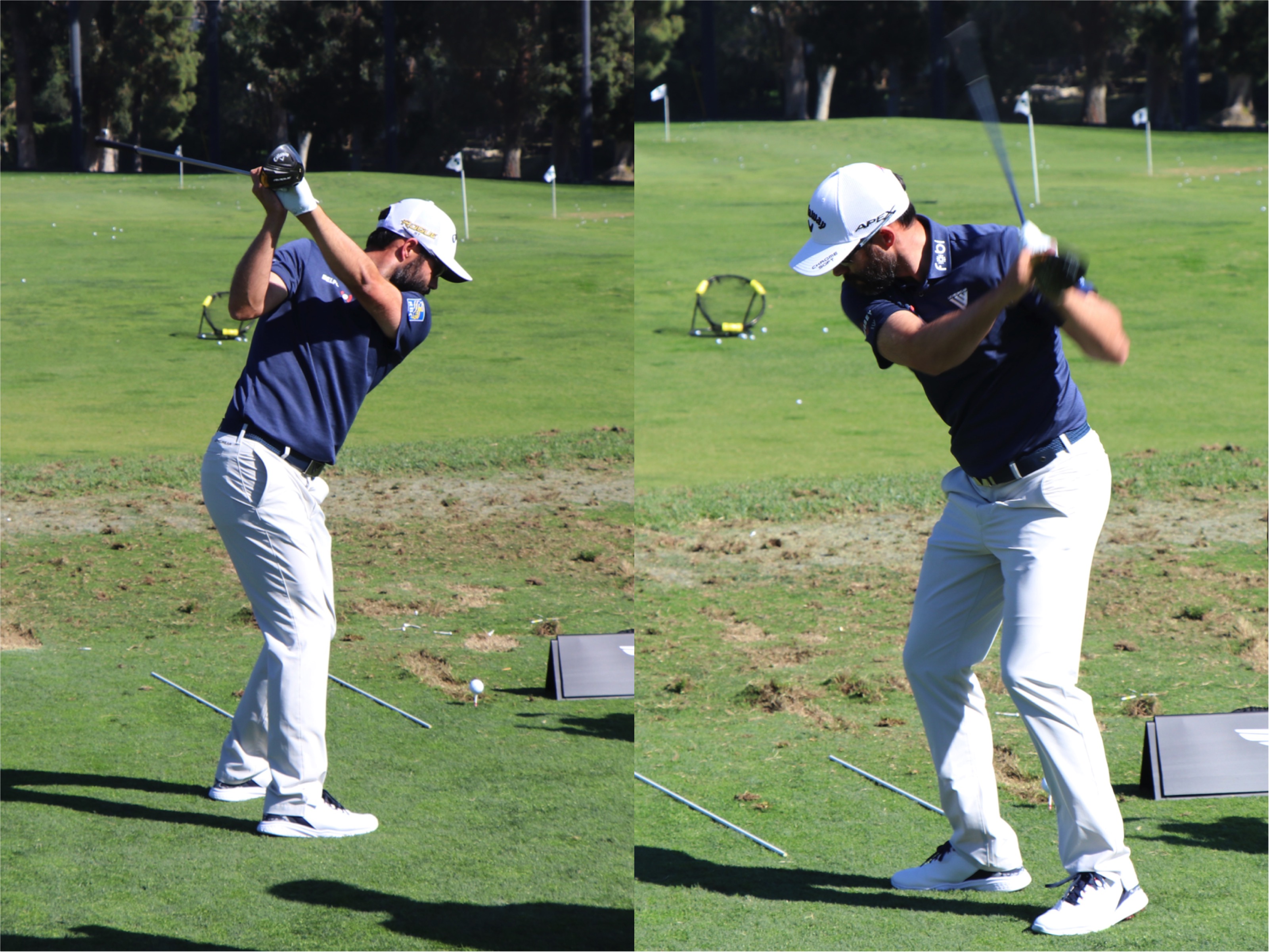
Hadwin says: “My trainer (Jason Glass) literally just put this drill in. I don’t want to say that I’ve done speed training, because I really haven’t done any. But, as for everybody, distance is very important and it obviously plays a very important role in the game. I’ve tried to increase that a little bit. So he just thought it’d be a quick and easy way during tournament weeks to fire up the nervous system a little bit while on the range just to keep that speed up while warming up before going out and playing.”
Make sure to check out all of our photos from the 2022 Genesis Invitational here.
- LIKE95
- LEGIT12
- WOW1
- LOL2
- IDHT0
- FLOP0
- OB1
- SHANK3
Whats in the Bag
Ben Kohles WITB 2024 (May)
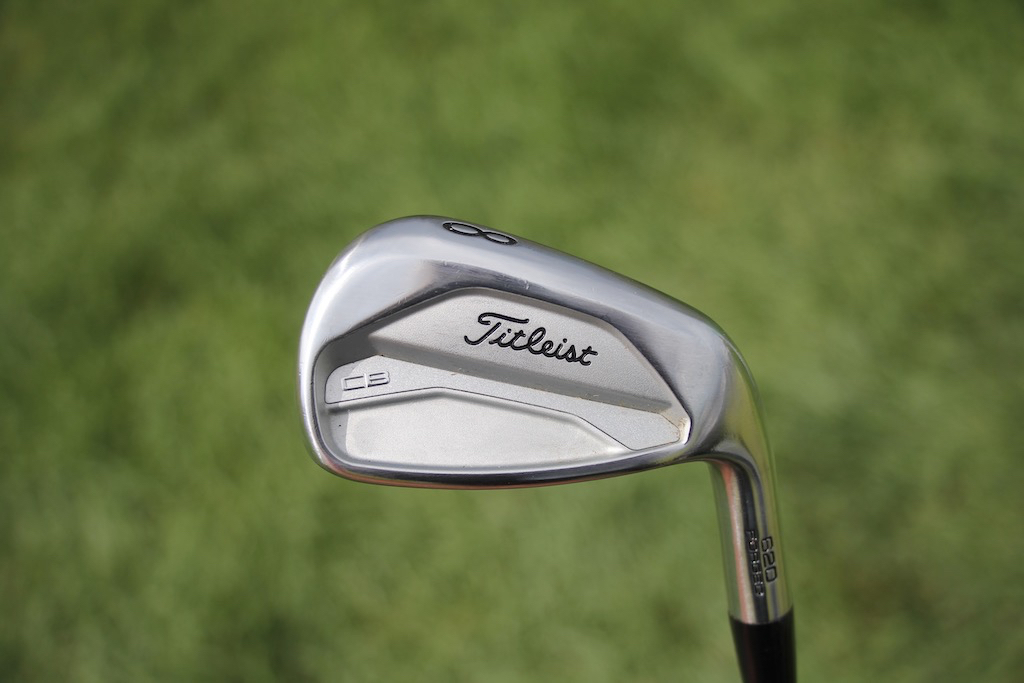
Driver: Titleist TSR3 (9 degrees, D1 SureFit setting)
Shaft: Fujikura Ventus Blue 6 X
3-wood: TaylorMade Stealth Plus (15 degrees)
Shaft: Fujikura Ventus Blue 8 X
Hybrid: Titleist TSR3 (19 degrees, D1 SureFit setting)
Shaft: Fujikura Ventus Blue HB 9 x
Irons: Titleist T200 (4, 5), Titleist 620 CB (6-9)
Shafts: Project X 6.0
Wedges: Titleist Vokey Design SM10 (46-10F, 50-12F, 54-12D, 60)
Shafts: Project X 6.0
Putter: Scotty Cameron P5 prototype
Grips: Golf Pride Tour Velvet
Ball: Titleist Pro V1
- LIKE2
- LEGIT0
- WOW0
- LOL0
- IDHT0
- FLOP0
- OB0
- SHANK0
Whats in the Bag
Kris Kim WITB 2024 (May)

- Kris Kim what’s in the bag accurate as of the CJ Cup Byron Nelson. More photos from the event here.
Driver: TaylorMade Qi10 (9 degrees @7)
Shaft: Mitsubishi Tensei 1K White 60 TX
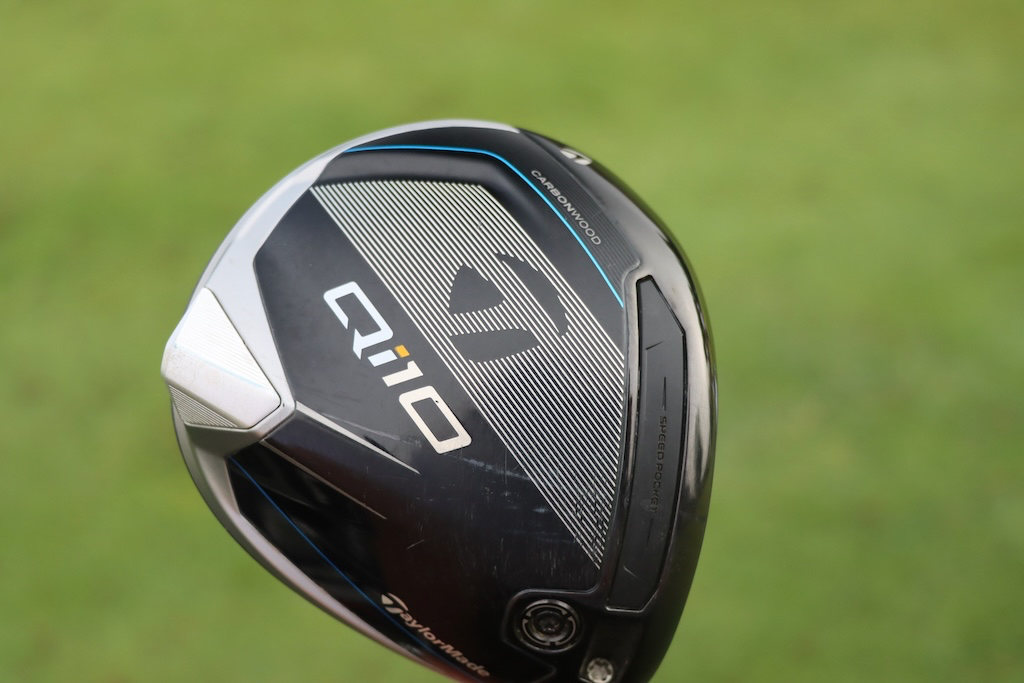

3-wood: TaylorMade Qi10 Tour (15 degrees @13.5)
Shaft: Mitsubishi Diamana WB 73 TX
Irons: TaylorMade P770 (2, 4), TaylorMade P7MB (5-PW)
Shafts: Mitsubishi Tensei 1K White 80 TX (2), Nippon N.S. Pro Modus3 Tour 120 X
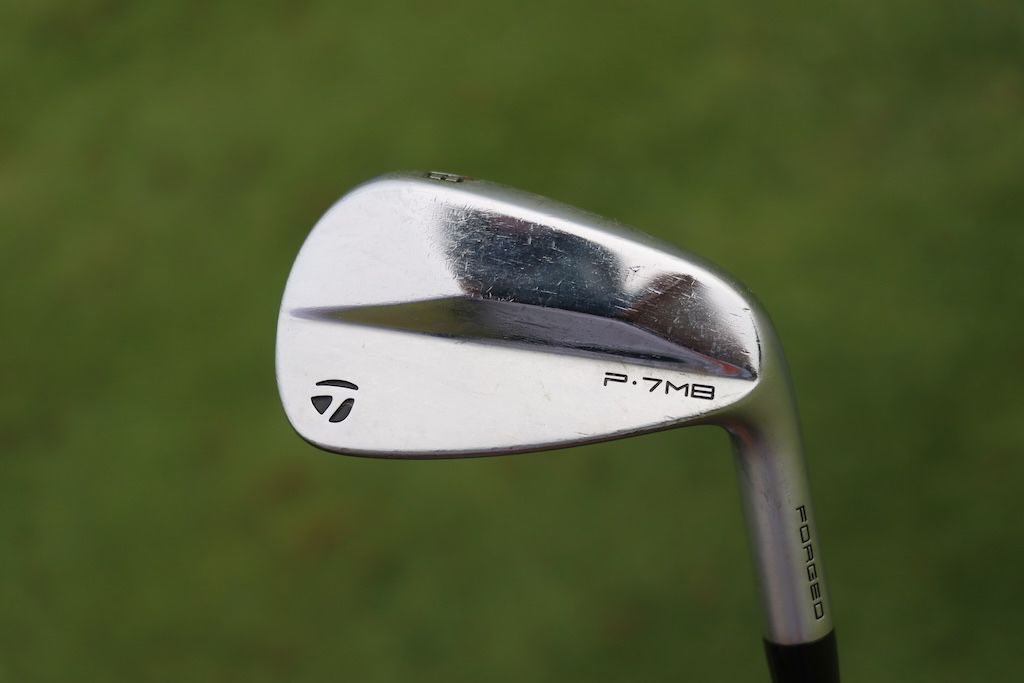

Wedges: TaylorMade MG4 (50-09SB, 56-12SB, 60-11TW)
Shafts: Nippon N.S. Pro Modus3 WV 125
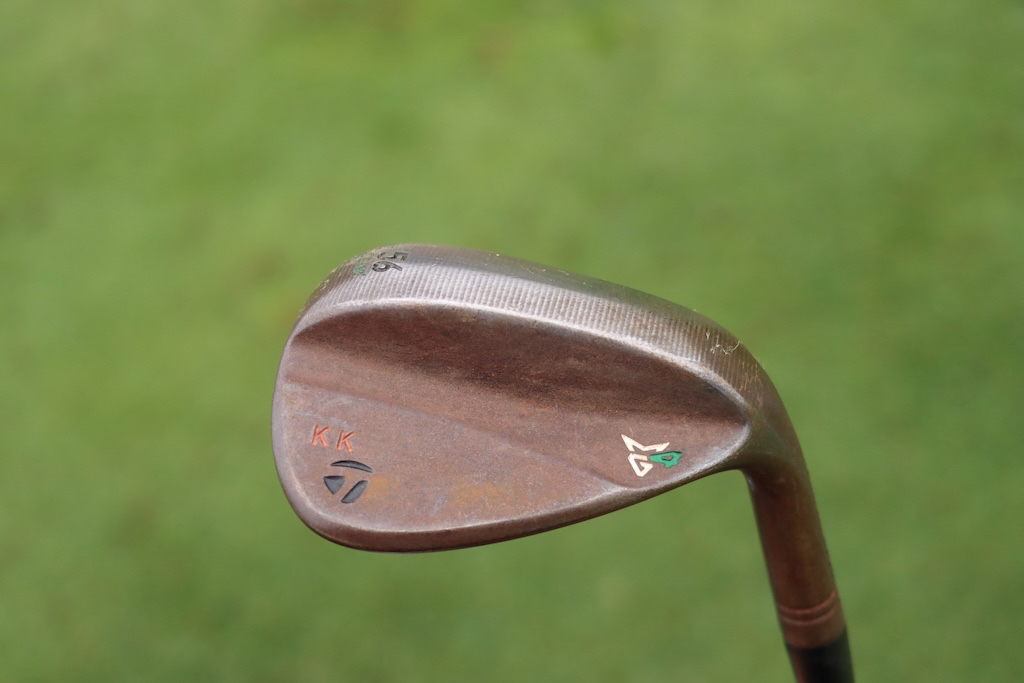

Putter: TaylorMade Spider Tour
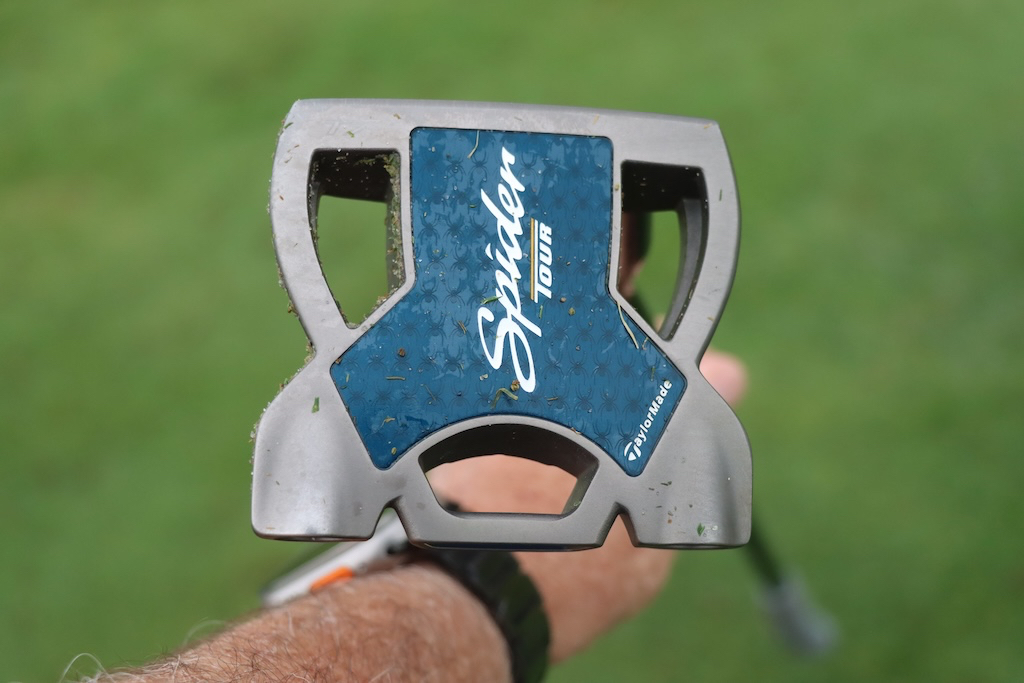
Grips: Golf Pride Tour Velvet Cord
Check out more in-hand photos of Kris Kim’s equipment here.
View this post on Instagram
- LIKE1
- LEGIT0
- WOW0
- LOL0
- IDHT0
- FLOP0
- OB0
- SHANK0
Equipment
Welcome to the family: TaylorMade launches PUDI and PDHY utility irons
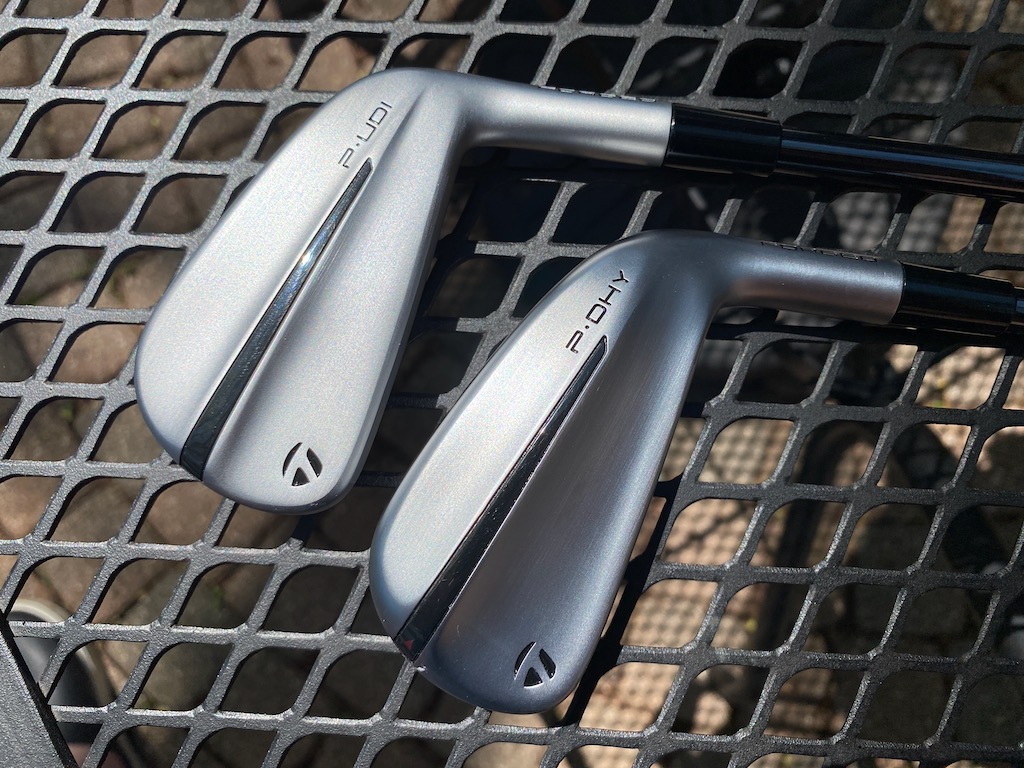
TaylorMade is continuing its UDI/DHY series with the successor to the Stealth UDI and DHY utility irons: PUDI and PDHY (which the company styles as P·UDI and P·DHY). TaylorMade is folding the designs in with its P Series of irons.
TaylorMade outlined the process of developing its new utilities this way. The company started with the data on utility iron usage. Not surprisingly, better players — i.e. those who generate more clubhead speed and strike the ball more precisely — were found to gravitate toward the UDI model. DHY usage, however, covered a wider swath than the company might have expected with six-to-18 handicappers found to be bagging the club.
TaylorMade also found that the majority of golfers playing UDI or DHY utilities were playing P Series irons at the top of their iron configurations.
Can you see where this is going?
Matt Bovee, Director of Product Creation, Iron and Wedge at TaylorMade: “As we look to the future, beyond the tech and the design language, we are excited about repositioning our utility irons into the P·Series family. P·UDI is an easy pair for players that currently play P·Series product and P·DHY is an extremely forgiving option for players of all skill levels. It is a natural fit to give these players the performance in this category that they are looking for.”
View this post on Instagram
TaylorMade PUDI
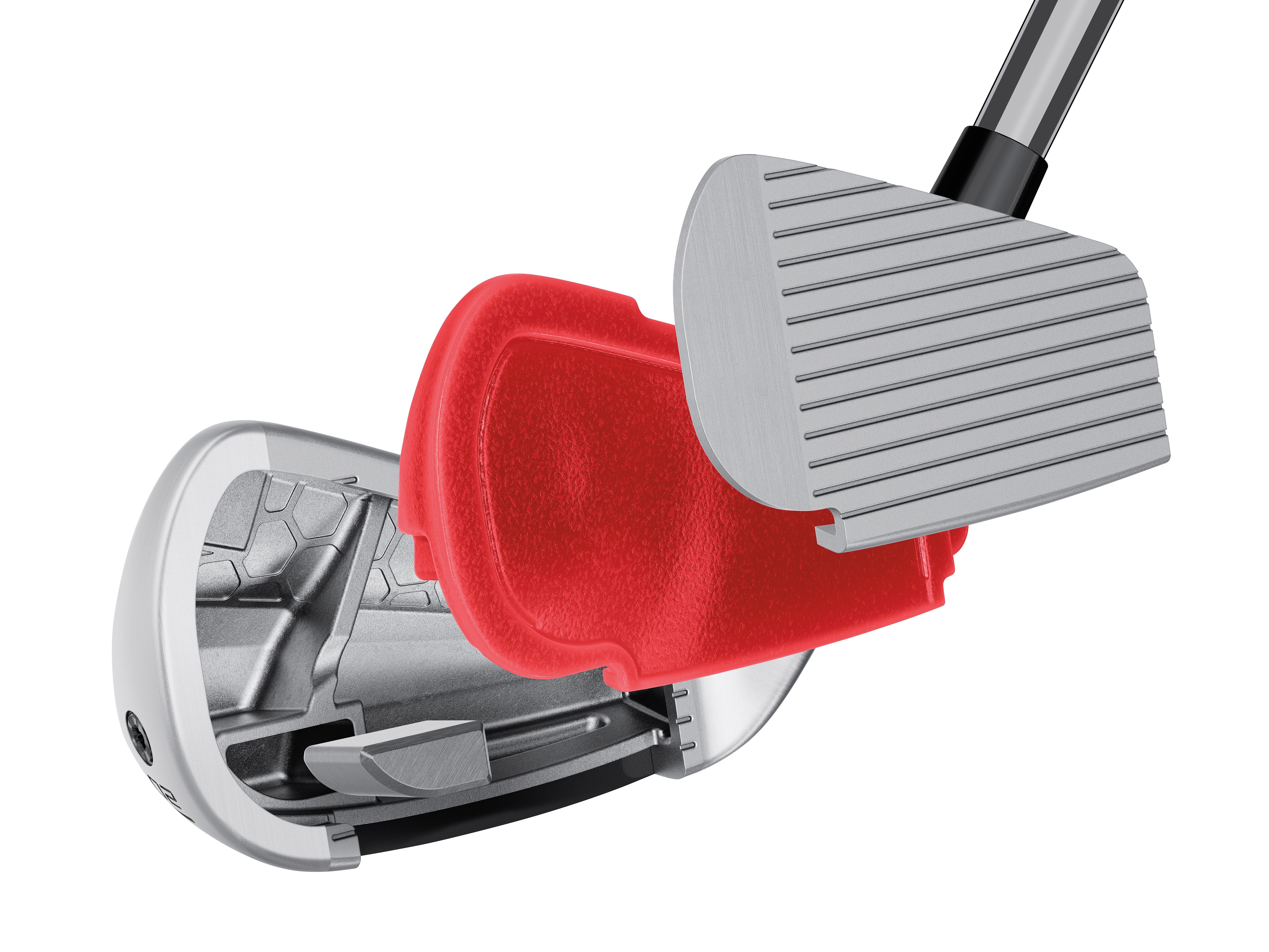
TaylorMade PUDI technology cutaway (via TaylorMade)
Crafted with tour player input, TaylorMade sought to develop a confidence-inspiring utility iron that blends with the rest of the P Series irons. Also of note: Interestingly, the PUDI has a more compact head than the P790.
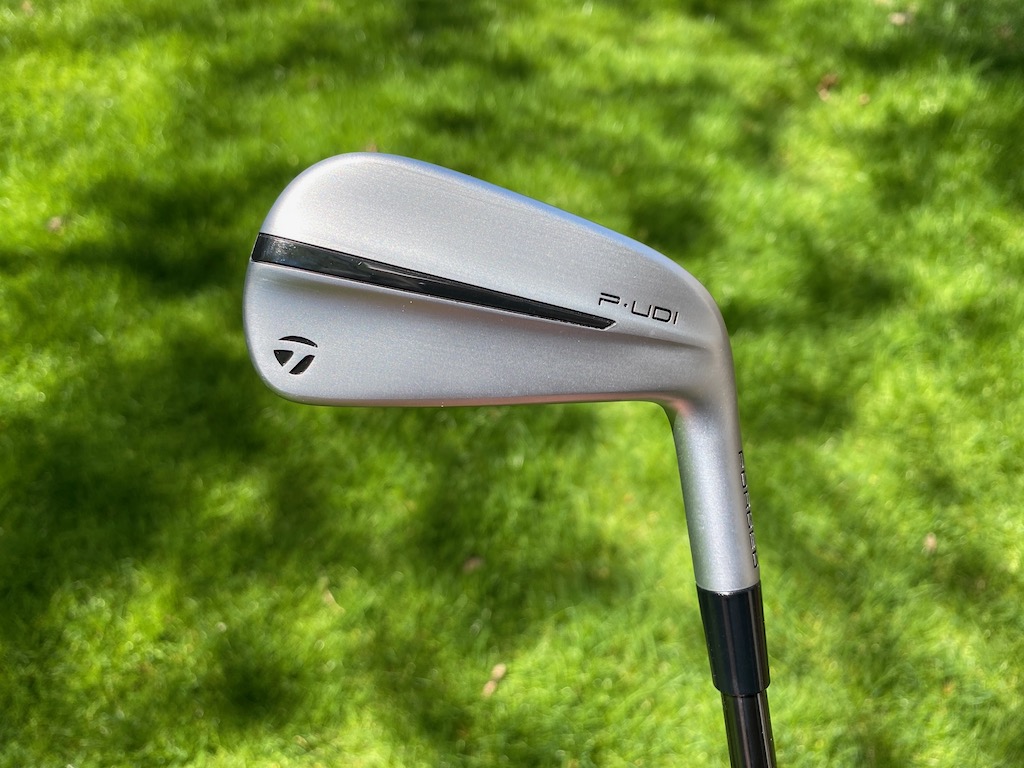
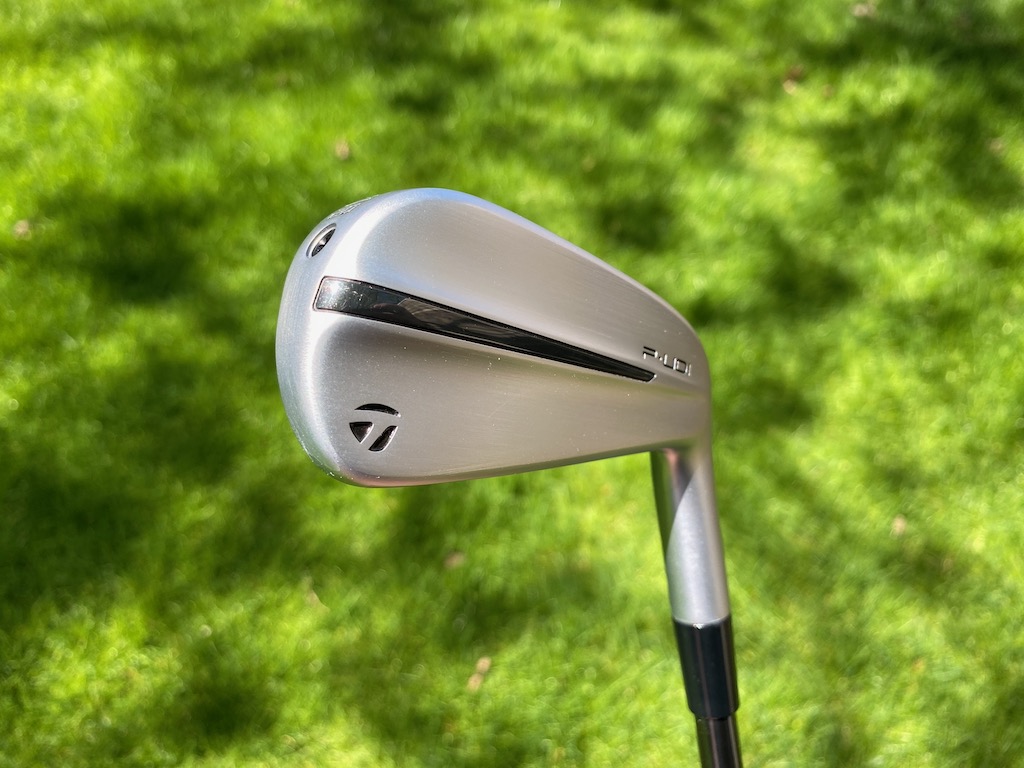
In comparison to past UDI products, the PUDI has a more traditional iron shape, slimmer toplines, and less offset with a little of the backbar visible at address.
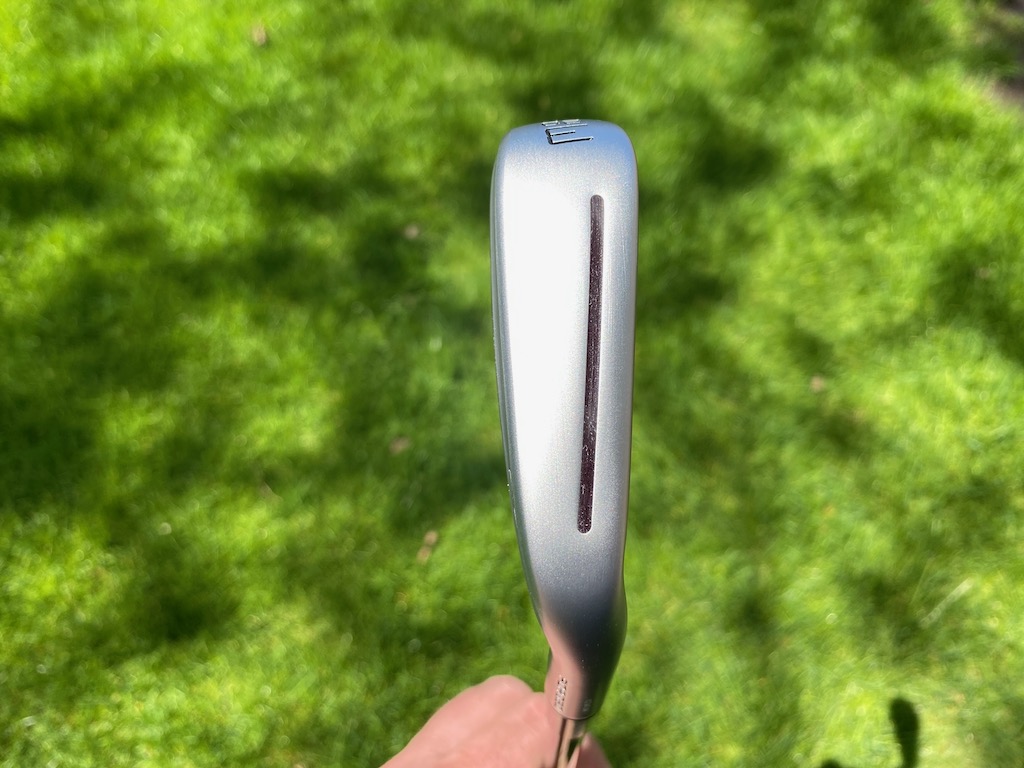

TaylorMade PDHY
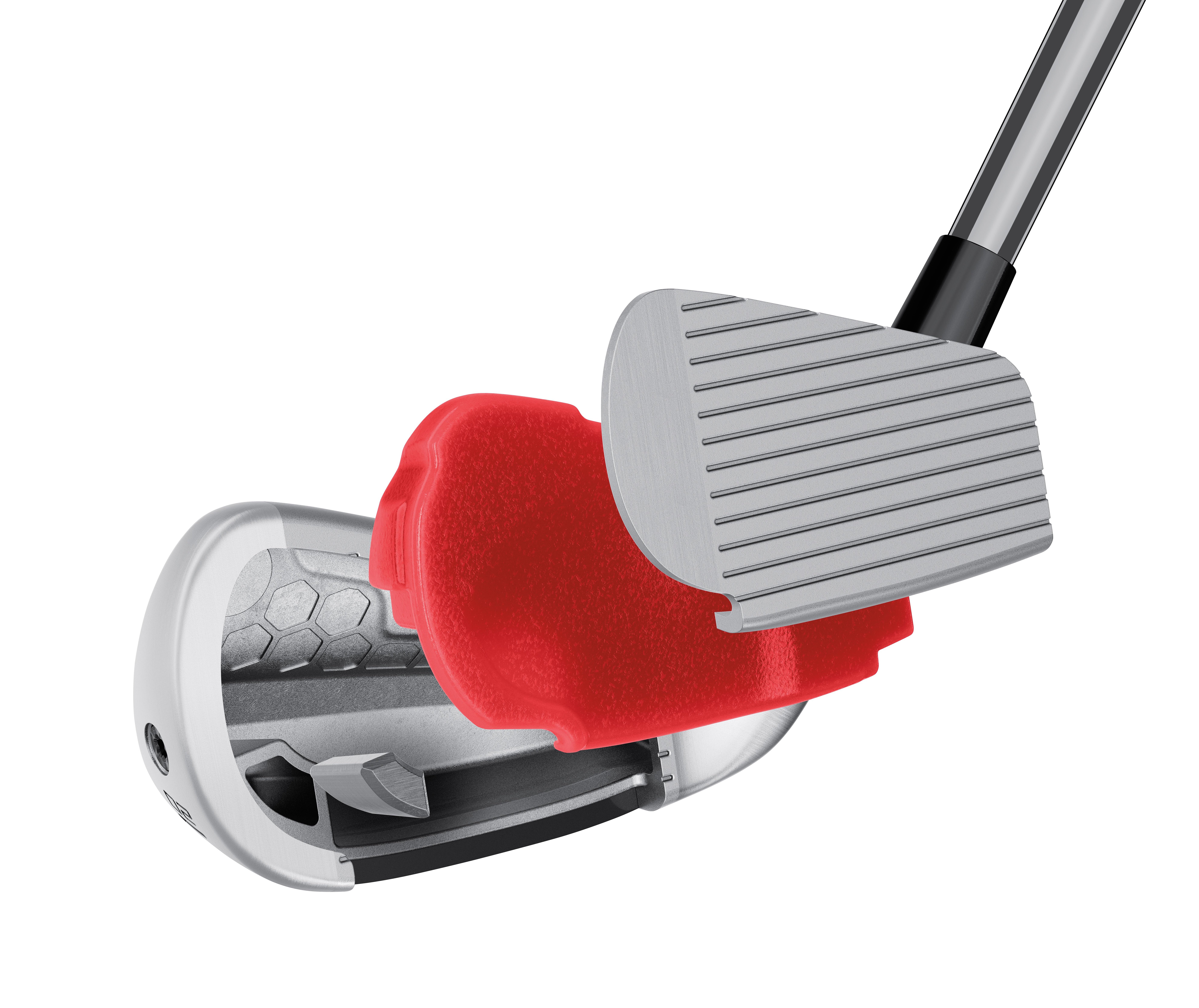
TaylorMade PDHY tech cutaway (via TaylorMade).
Larger in profile than the PUDI, the PDHY seeks to position center of gravity (CG) lower in the club for ease of launch. The toe height is larger and the profile is larger at address — roughly five millimeters longer than PUDI — the sole of the club is wider for improved forgiveness.
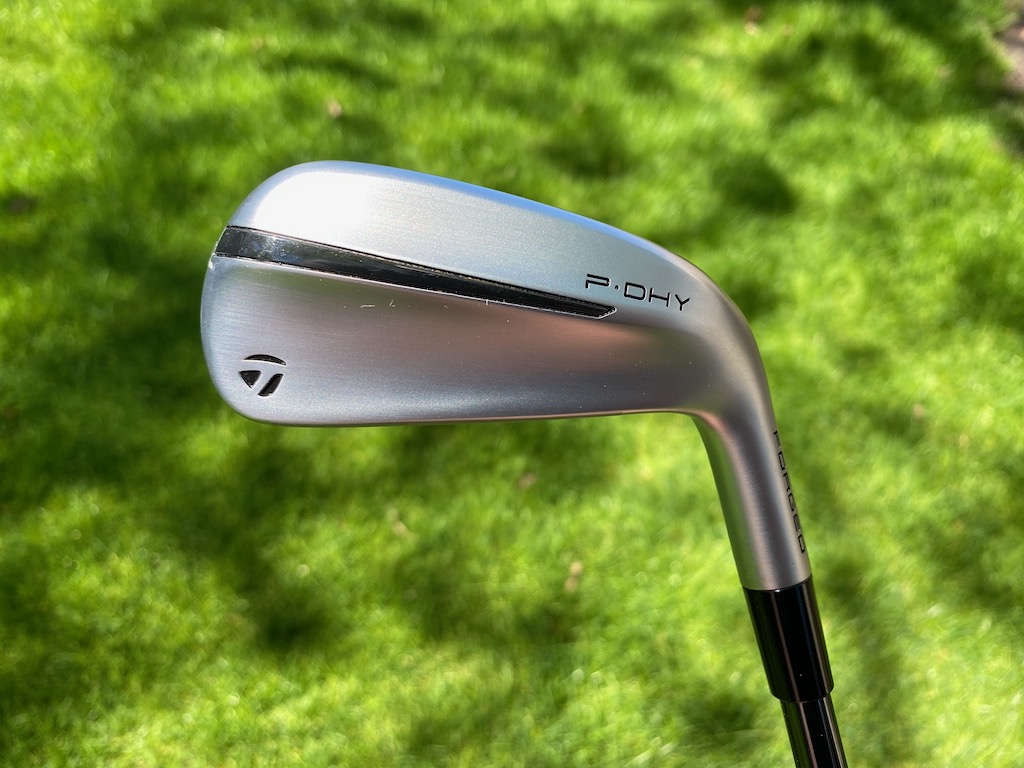



Club Junkie’s take
Golfers who feel like they are missing something at the top of the bag could find the PUDI or PDHY a great option. The look of the PUDI should fit the most discerning eye with a more compact look, less offset, and a thinner topline. If you want a little more confidence looking down the P-DHY will be slightly larger while still being a good-looking utility iron.
For being small packages both models pack a pretty good punch with fast ball speeds, even off-center. The feel is soft and you get a solid feel of the ball compressing off the face when you strike it well. Your ears are greeted with a nice heavy thud as the ball and club come together. The PDHY will launch a little higher for players who need it while the PUDI offers a more penetrating ball flight. Both utility irons could be the cure for an open spot in the top end of the bag.
PUDI, PDHY, or Rescue?
TaylorMade offers the following notes to assist golfers in filling out their bags:
- PUDI has mid-CG right behind the center face to create a more penetrating mid-to-low ball flight
- PDHY has a lower center of gravity to produce an easier-to-launch mid-to-high ball flight.
- Both PUDI and PDHY are lower-flying than the company’s hybrid/Rescue clubs.
- PUDI is more forgiving than P790.
- PDHY is the most forgiving iron in the entire TaylorMade iron family
Pricing, specs, and availability
Price: $249.99
At retail: Now
Stock shafts: UST Mamiya’s Recoil DART (105 X, 90 S and 75 R – only in PDHY)
Stock grip: Golf Pride’s ZGrip (black/grey)
PUDI lofts: 2-17°, 3-20°, 4-22° in both left and right-handed
PDHY lofts: 2-18°, 3-20° and 4-22° in both left and right-handed
- LIKE15
- LEGIT5
- WOW4
- LOL4
- IDHT1
- FLOP2
- OB3
- SHANK5
-

 19th Hole2 weeks ago
19th Hole2 weeks agoJustin Thomas on the equipment choice of Scottie Scheffler that he thinks is ‘weird’
-

 19th Hole2 weeks ago
19th Hole2 weeks ago‘Absolutely crazy’ – Major champ lays into Patrick Cantlay over his decision on final hole of RBC Heritage
-

 19th Hole3 weeks ago
19th Hole3 weeks agoTwo star names reportedly blanked Jon Rahm all week at the Masters
-

 19th Hole3 weeks ago
19th Hole3 weeks agoReport: LIV Golf identifies latest star name they hope to sign to breakaway tour
-

 19th Hole3 weeks ago
19th Hole3 weeks agoNeal Shipley presser ends in awkward fashion after reporter claims Tiger handed him note on 8th fairway
-

 19th Hole3 weeks ago
19th Hole3 weeks agoBrandel Chamblee has ‘no doubt’ who started the McIlroy/LIV rumor and why
-

 19th Hole1 week ago
19th Hole1 week agoLET pro gives detailed financial breakdown of first week on tour…and the net result may shock you
-

 Equipment3 weeks ago
Equipment3 weeks agoJason Day on his recent switch into Srixon ZX5 and ZX7 Mk II irons



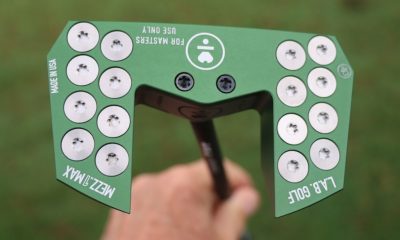

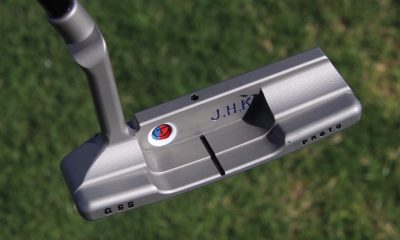



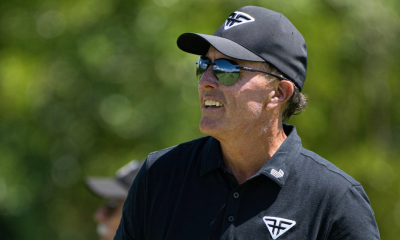



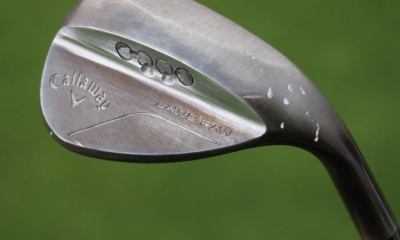















Pingback: Tour Report: Rickie Fowler switches to a TaylorMade putter and JT makes a wedge switch – GolfWRX
AC
Feb 17, 2022 at 1:42 pm
From the photo, I thought Hadwin’s drill was “bean the ball picker” and I was like, that’s not special to Tour players, everyone does that
Benny
Feb 18, 2022 at 6:32 pm
Hahahaha I thought the same thing. I said “Ive been doing that drill (trying to hit the ball cart) since I was 9hears old”!